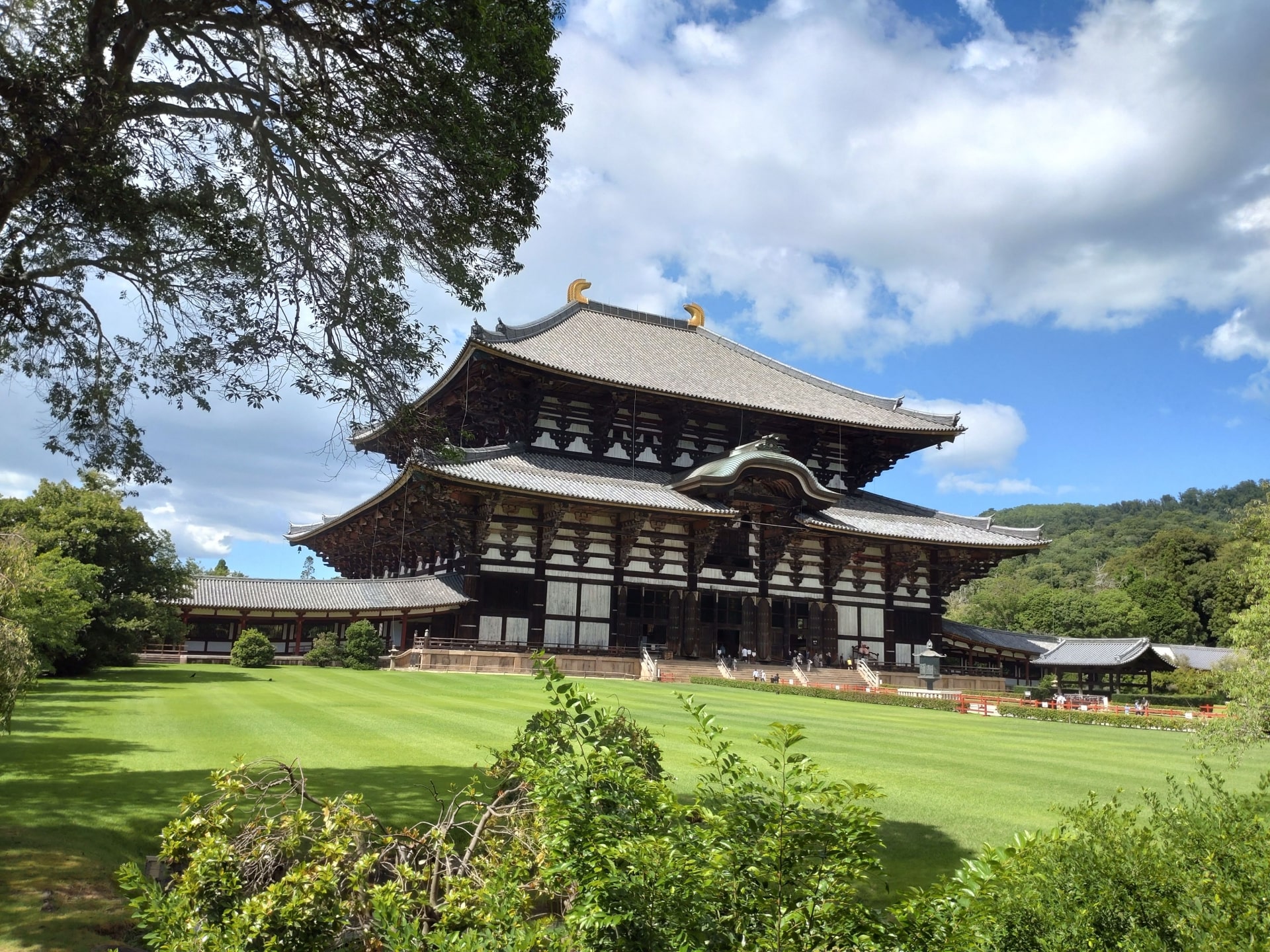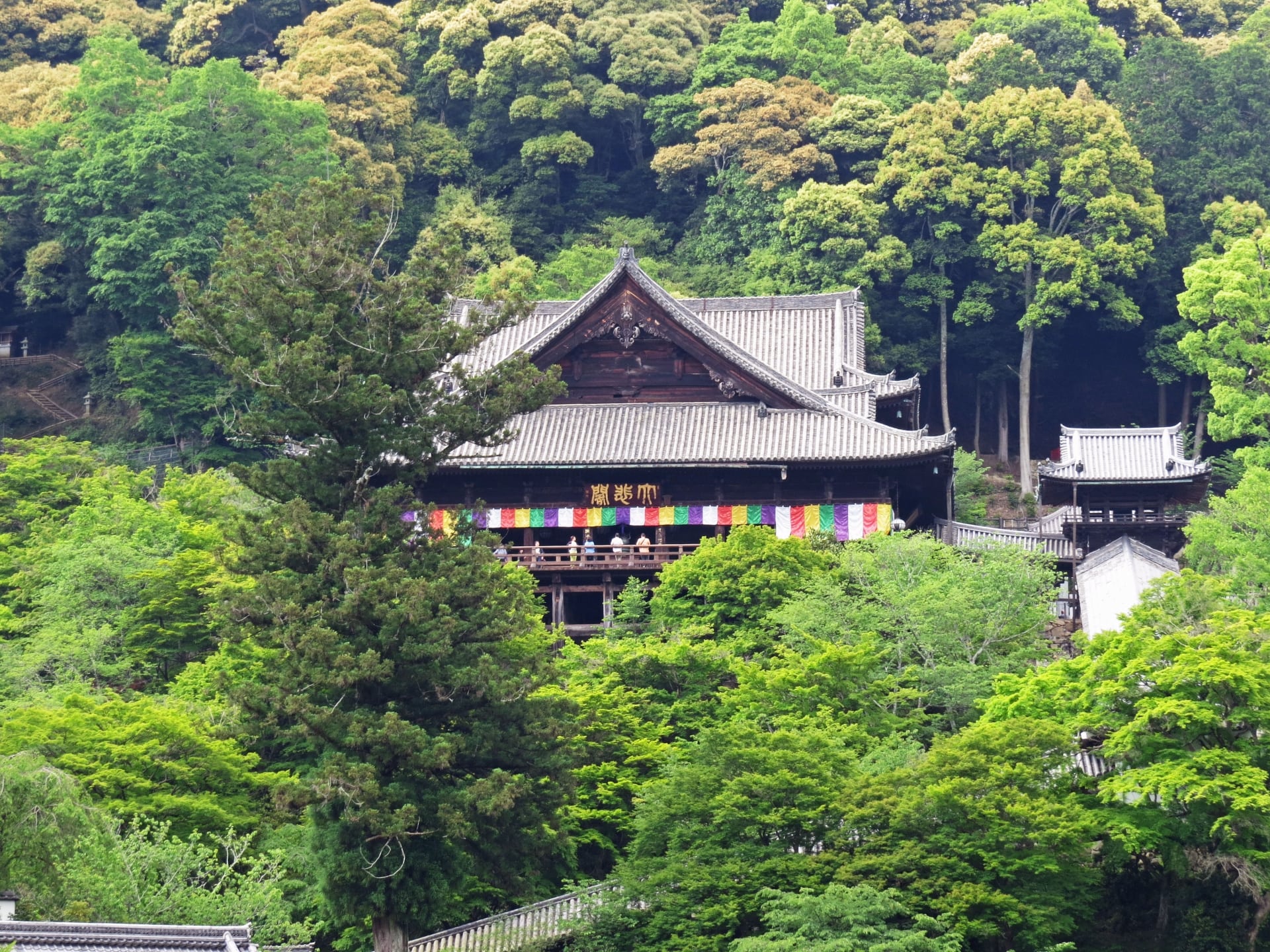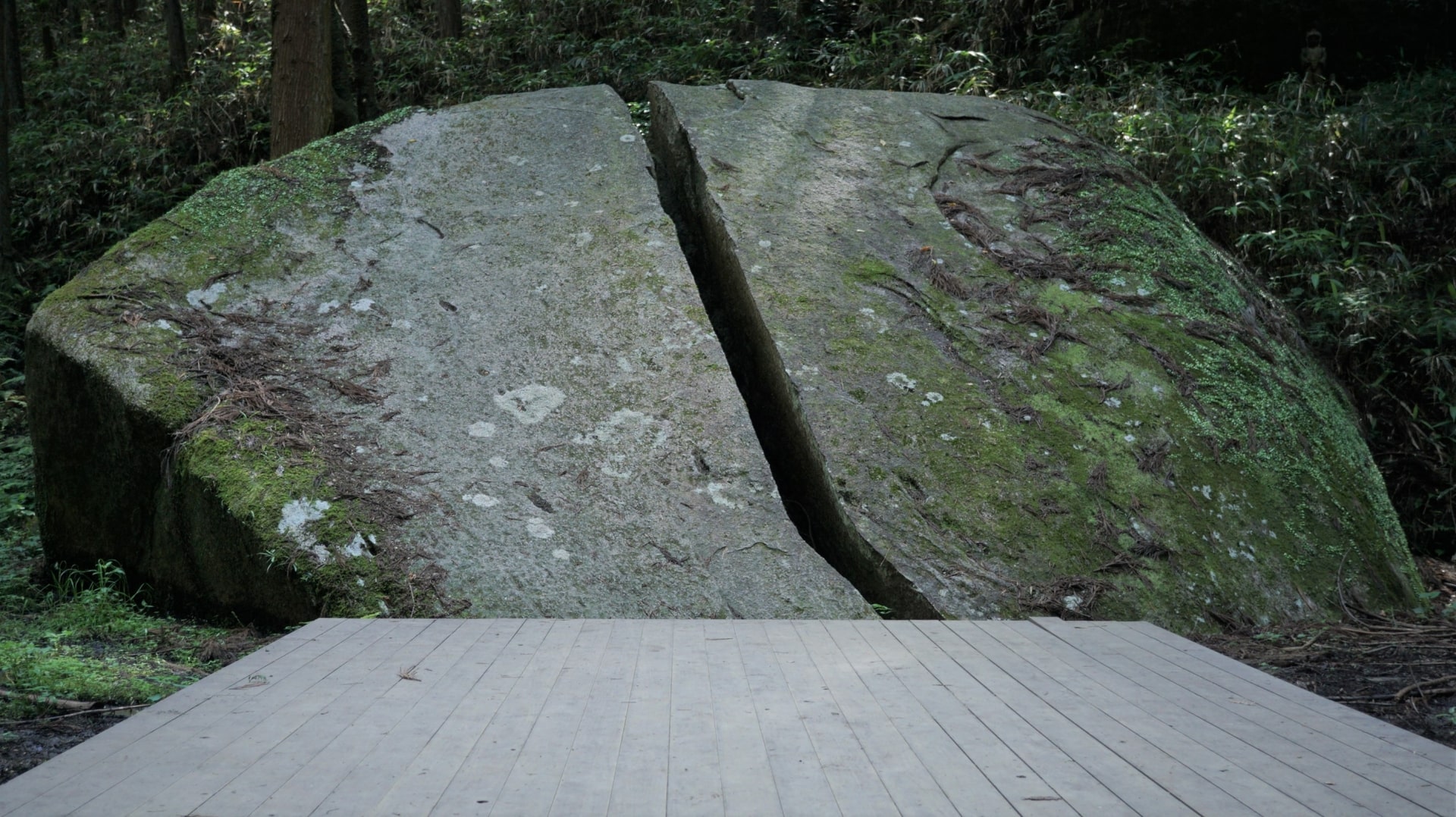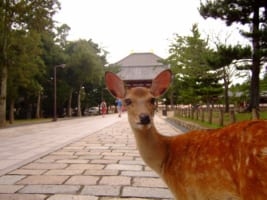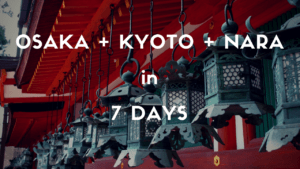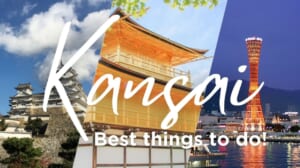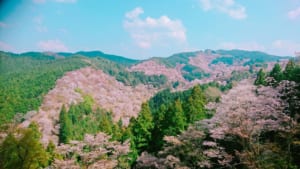10 Best Temples and Shrines in Nara
A Guide to the Top 10 Temples and Shrines in Nara

Once the center of Japan, Nara is renowned for its wealth of World Heritage Sites and national treasures, particularly its temples and shrines that echo a rich historical legacy.
Nara is unique in housing three of Japan’s sixteen World Heritage Sites, including renowned destinations like Todaiji and Kofukuji. This concentration of historic temples and shrines makes it an ideal destination for those interested in Japan’s cultural heritage.
In this article, I will introduce to you our list of the 10 best temples and shrines in Nara. I hope this list helps you decide which places to go during your visit to this culturally rich area in Japan.
1. Todaiji Temple
The first temple on our list has to be this one. Todaiji Temple (東大寺), situated in Nara City, is famous for its Great Buddha, one of Japan’s three largest Buddha statues, and is considered a powerful spiritual site.
Believed to bring benefits like safe childbirth and good health, this temple attracts visitors worldwide. The Great Buddha symbolizes peace and advancement in architecture, welfare, and medical care. Emperor Shomu commissioned its construction in 743 AD, praying for world peace.
One of the temple’s significant features is the Nigatsudo (東大寺二月堂), known for the annual Omizutori (お水取り), a captivating water-drawing ceremony held in March, symbolizing purification and renewal. This event, along with the temple’s cultural richness, contributed to its recognition as a World Heritage Site in 1998, affirming its global significance in history and culture”.
Check out more about this temple from the following links!
▶Todaiji Temple: Meet the World’s Largest Buddha
▶Omizutori: the Oldest Festival in Japan
 Access Access |
20 minute walk from Kintetsu Nara Station (Kintetsu-Kyoto Line, Kintetsu-Nara Line) |
|---|---|
 Official Website Official Website |
https://www.todaiji.or.jp/en/ |
2. Kasuga Taisha Shrine
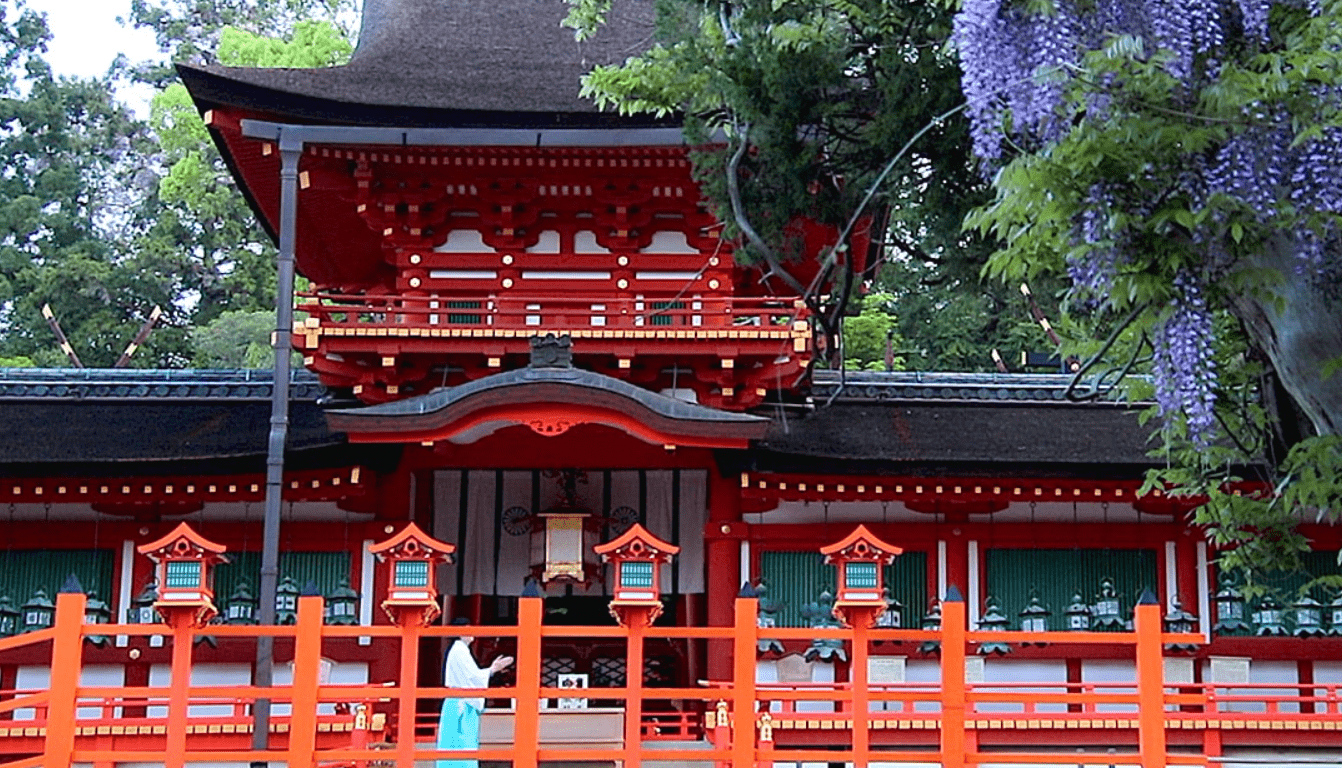
Kasuga Taisha Shrine (春日大社) in Nara City is a 1300-year-old World Heritage Site known for its role in matchmaking and marital bliss. Situated at the base of Mt. Kasuga, it was established by Emperor Shotoku and is revered for its colorful vermillion architecture.
The shrine, part of Nara Park, is famous for the sacred deer that roam its grounds, considered messengers of the shrine’s deity, Takemikazuchi-no-Mikoto. Kasuga Taisha is the head shrine of about 1000 Kasuga shrines across Japan, uniquely dedicated to marital harmony, making it particularly popular among women.
The shrine is also distinguished by its collection of over 3000 stone and bronze lanterns, many dating back to the Muromachi period (14th to 16th century), adding to its historical allure. Visitors often participate in the tradition of writing love wishes on heart-shaped ema and can draw deer-themed fortunes, creating a memorable experience that blends cultural heritage with spiritual beliefs.
Check out more about this shrine from the following link!
▶Kasuga Taisha Shrine: a World Heritage Shinto Shrine in Nara
 Access Access |
13 minutes walk from Kintetsu Nara station (Kintetsu Limited Express) |
|---|---|
 Official Website Official Website |
https://www.kasugataisha.or.jp/ |
3. Hasedera Temple
Next on the list, we have Hasedera Temple (長谷寺), a prominent center of the Buzan sect of Shingon Buddhism which is revered for its historical and spiritual significance. Recognized as the eighth station of the Western Japan Thirty-Three Kannon Pilgrimage, its main and worship halls are national treasures. Renowned as a power spot, it is believed to grant blessings in matchmaking, childbirth, beauty, business success, and healing.
The temple is celebrated in the “Konjaku Monogatari” for its role in the story of the “Straw Millionaire,” symbolizing its influence in forging connections between people. Known as “The Temple of Flowers,” Hasedera offers a stunning display of seasonal flowers, including cherry blossoms, peonies, and hydrangeas, across its grounds.
Home to one of Japan’s largest wooden Kannon statues, the temple is a key destination for pilgrims and visitors alike.
 Access Access |
26 minute walk from Hasedera Station (Kintetsu-Osaka Line) |
|---|---|
 Official Website Official Website |
https://www.hasedera.or.jp/free/?id=345 |
4. Ohmiwa Shrine
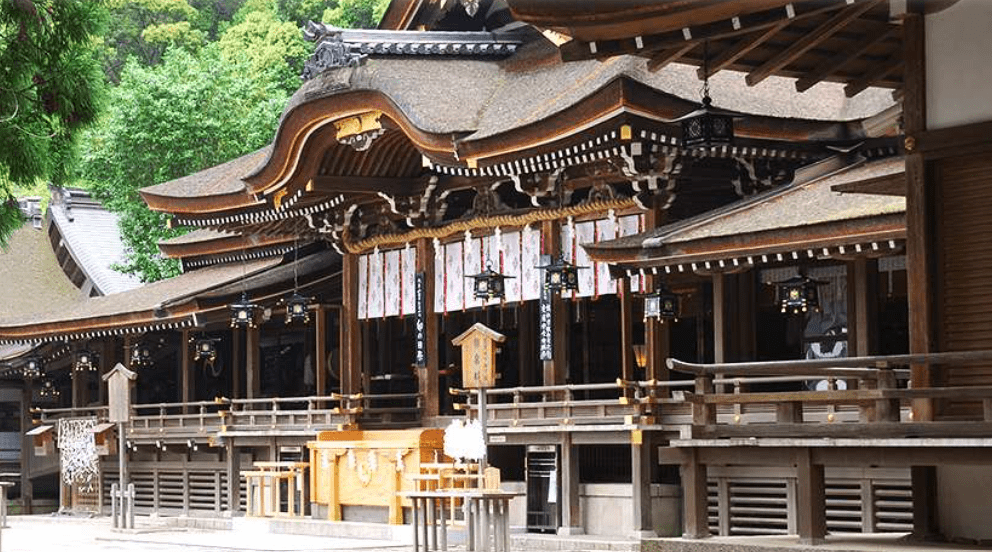
Ohmiwa Shrine (大神神社), located in Sakurai City, is revered as one of Japan’s oldest shrines and a hub of spiritual energy. Known for blessings in business, matchmaking, and traffic safety, it stands out because it doesn’t have a main hall. Instead, the entire Mount Miwa is considered the divine embodiment, with devotees praying towards the mountain.
The shrine is enveloped in natural beauty, highlighted by the sacred Miwa Japanese cedar tree. It’s a place where visitors often feel a mystical presence, believed to be the divine essence in everything around. The shrine complex includes a treasury of sacred artifacts and a lily garden.
Mount Miwa, traditionally seen as a sacred dwelling, is mostly restricted to religious figures. However, visitors can trek to its summit via a trail, starting from Sai Shrine.
 Access Access |
7 minute walk from Miwa Station (Sakurai Line) |
|---|---|
 Official Website Official Website |
https://oomiwa.or.jp/ |
5. Asukadera Temple
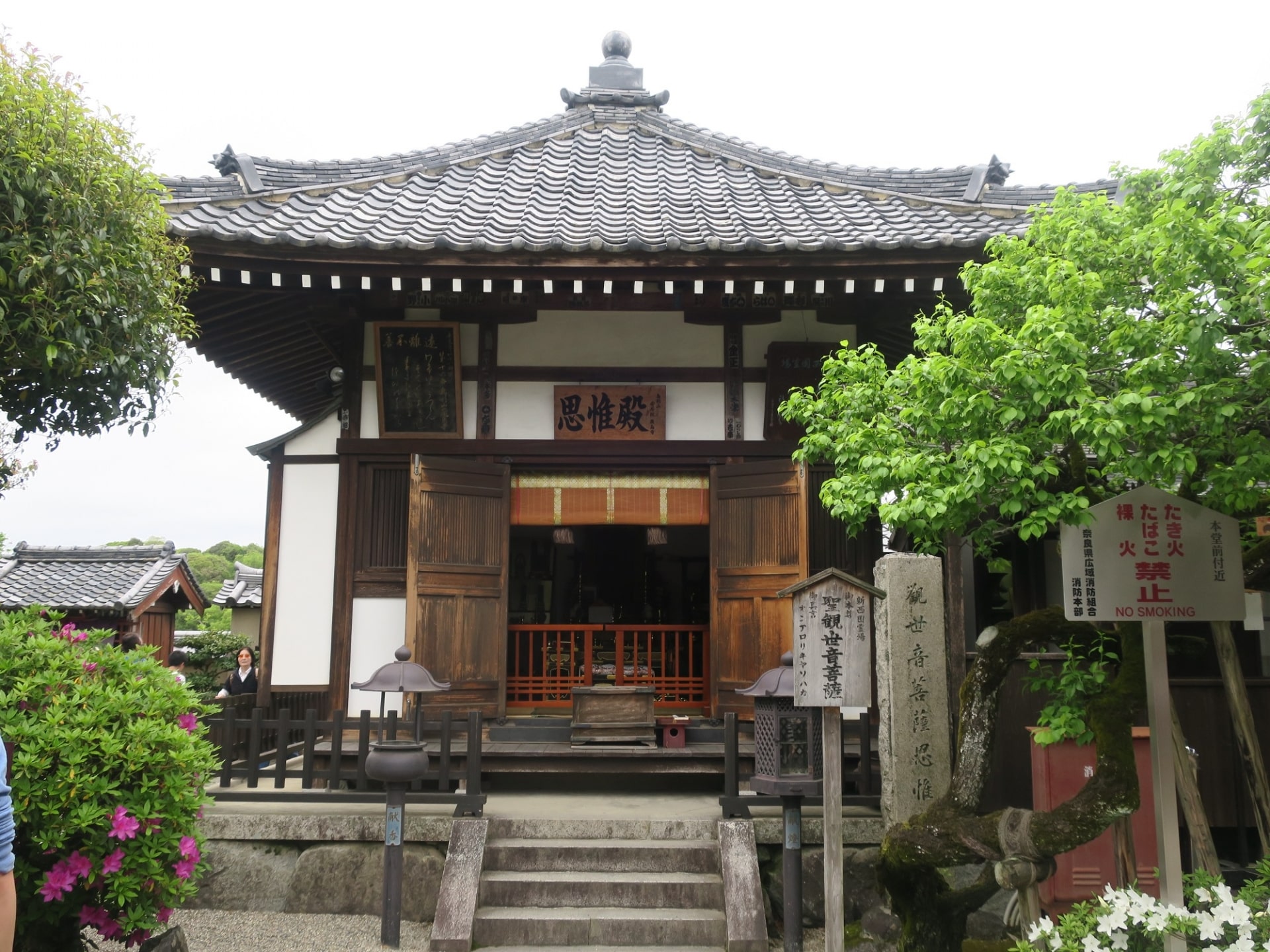
Asukadera is also noted for hosting Japan’s first Hanaeshiki ceremony, celebrating Buddha’s birth. Originally known as Hoko-ji and Gango-ji, it is now referred to as Angoin. The initial design of the temple featured a unique layout with a central pagoda flanked by Golden Halls, indicative of the era’s architectural style.
 Access Access |
17 minute bus ride from Kashiharajingu-Mae Station (Kintestu Lines) and get off at "Asukadaibutsu Mae" stop |
|---|---|
 Official Website Official Website |
https://asukamura.com/sightseeing/487/ |
6. Tanzan Shrine
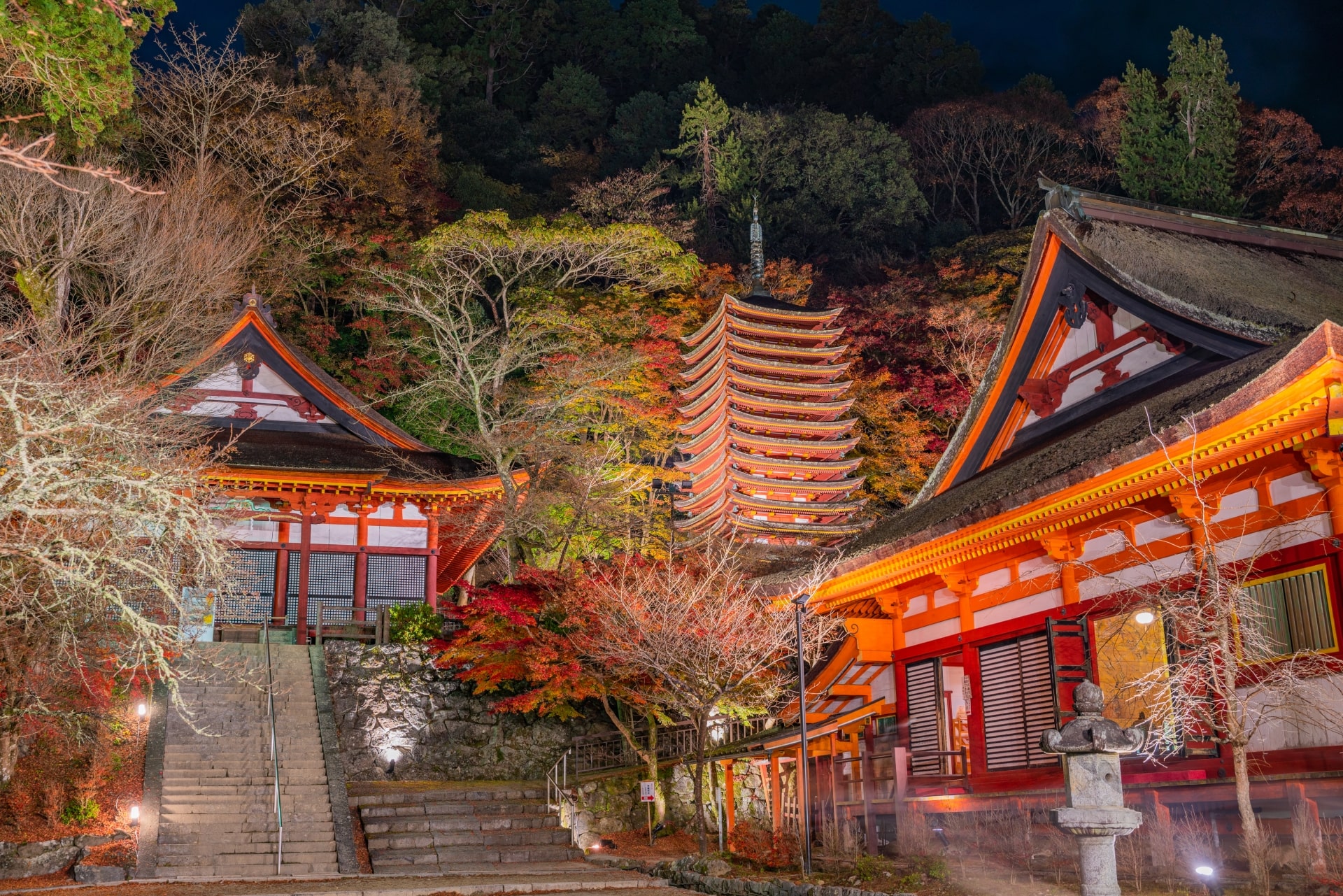
Tanzan Shrine is also a destination for seasonal beauty. Famous for its stunning autumn foliage, the shrine recently expanded its night-time illuminations to include cherry blossoms and greenery, offering breathtaking views year-round. In spring, a 600-year-old Usuzumi-zakura cherry tree blooms magnificently, and over 3,000 maple trees in autumn create a colorful spectacle.
Check out more about this shrine from the following link!
▶Tanzan Shrine: Hidden 13 Storied Pagoda in Nara
 Access Access |
25 minute bus ride from Sakurai station south exit and get off at "Tanzan Jinja" stop |
|---|---|
 Official Website Official Website |
https://www.tanzan.or.jp/ |
7. Horyuji Temple
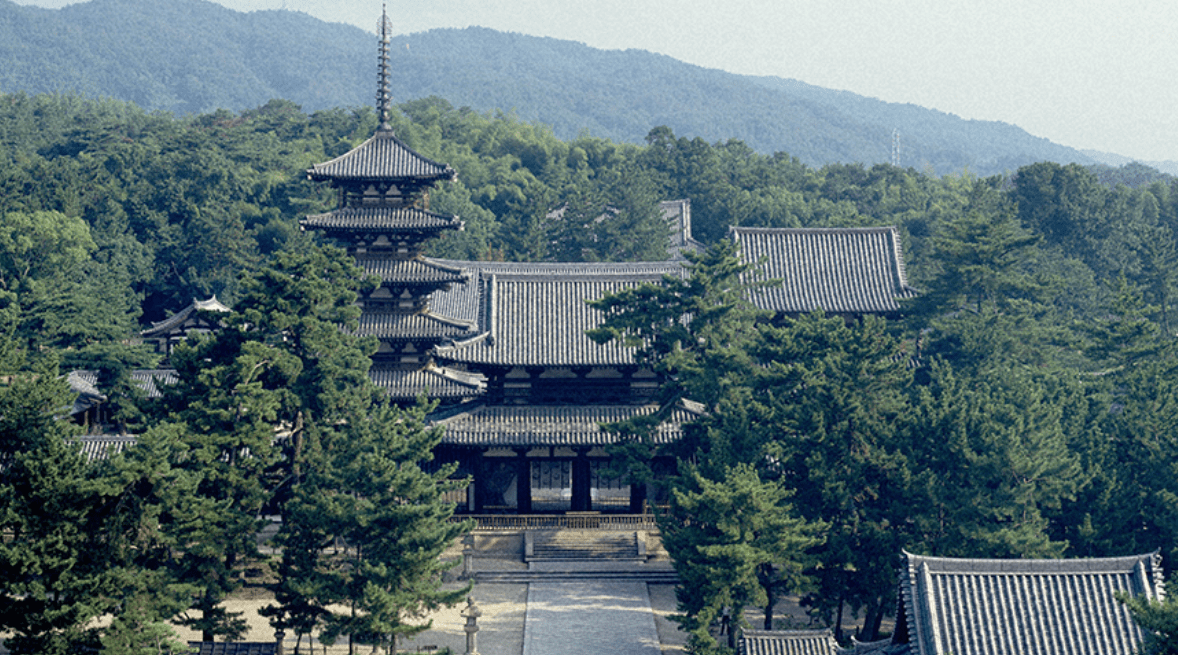
Horyuji Temple (法隆寺) is distinguished as the first Japanese site to gain World Cultural Heritage status. Famous for its Asuka-era structures like the Five-Story Pagoda and Golden Hall, it offers a unique glimpse into ancient Japanese culture. The temple’s foundation is steeped in hope and healing, believed to have been established by Prince Shotoku to aid in his father, Emperor Yomei’s recovery from illness.
Though Emperor Yomei passed away before its completion, his vision was realized by Empress Suiko and Prince Shotoku around 607 AD. They built the temple and the Yakushi Nyorai (Buddha of Healing), fulfilling his wish.
Known also as Ikaruga Temple, Horyuji is celebrated not just for its spiritual importance but also for its architectural significance. Many of its structures are national treasures, with the Golden Hall and the Five-Story Pagoda among the world’s oldest wooden buildings.
Check out more about this temple from the following link!
▶Temple Lodging at Horyuji Temple, Nara
 Access Access |
23 minute walk from Horyuji Station (Yamatoji Line) |
|---|---|
 Official Website Official Website |
http://www.horyuji.or.jp/en/garan/ |
8. Tamaki Shrine
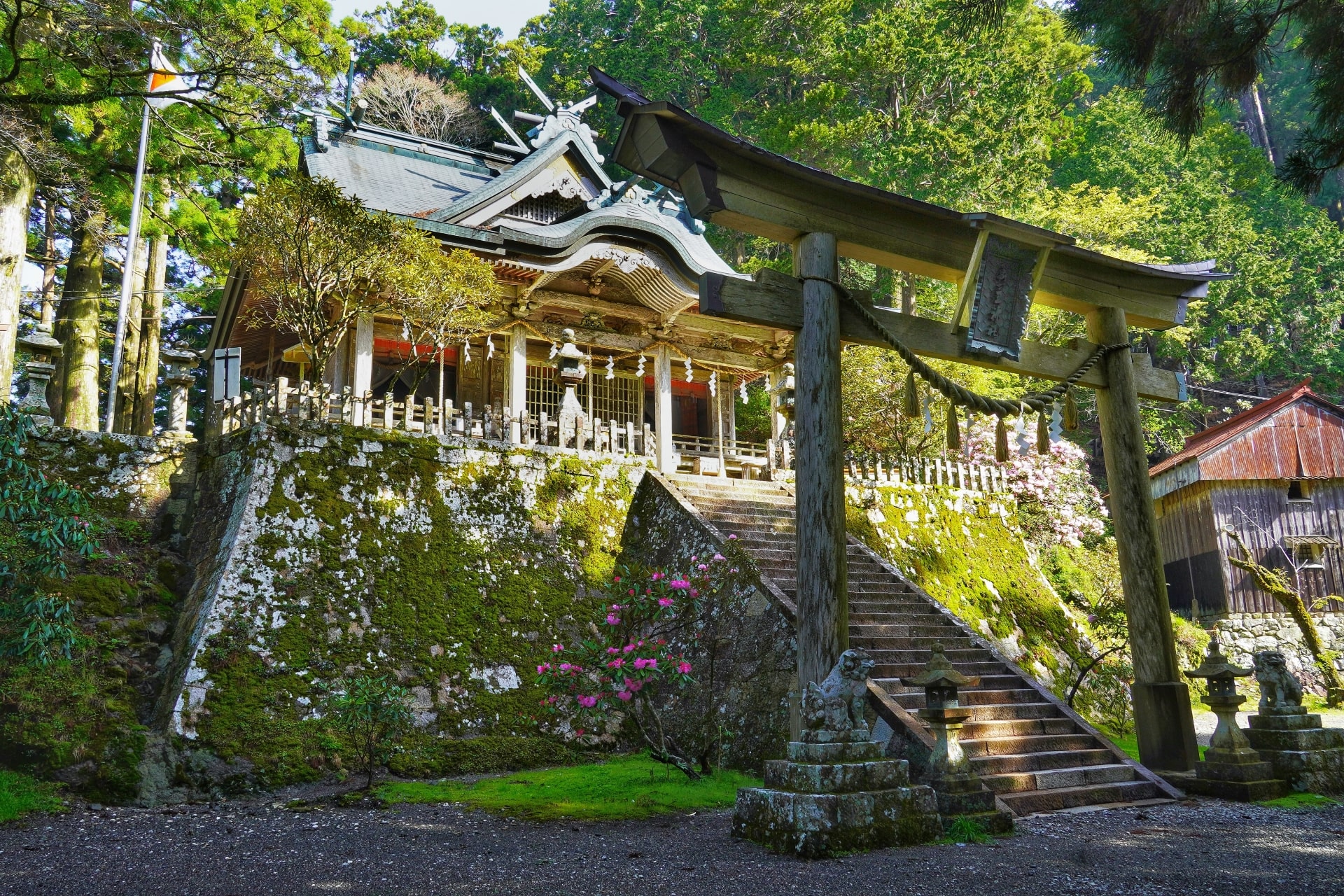
Nestled deep in the mountains, accessing the Tamaki Shrine is challenging. It requires a lengthy bus journey from Kintetsu Yamato-Yagi or Gojo stations (250 mins from Yamato-Yagi and 190 mins from Gojo), followed by a taxi (30 mins) and a walk (20 mins). This secluded location adds to its mystical appeal (You will need to stay at a hotel near the shrine).
The shrine’s surroundings, featuring a 3,000-year-old cedar tree, contribute to its status as part of the “Sacred Sites and Pilgrimage Routes in the Kii Mountain Range” World Heritage Site, designated in 2004. Known as one of Japan’s premier power spots, Tamaki Shrine is often seen as a sacred destination reachable only by those who are spiritually “called.”
 Access Access |
3 hour bus ride from Yamato-Yagi Station (Kintestu Lines) or Gojo Station (Wakayama Line) and get off at "Totsukawa Onsen" stop. Then take a bus or taxi to Mt. Tamaki (30 minutes). Then 15 minute walk to the shrine. |
|---|---|
 Official Website Official Website |
https://tamakijinja.or.jp/ |
9. Chogosonshiji Temple
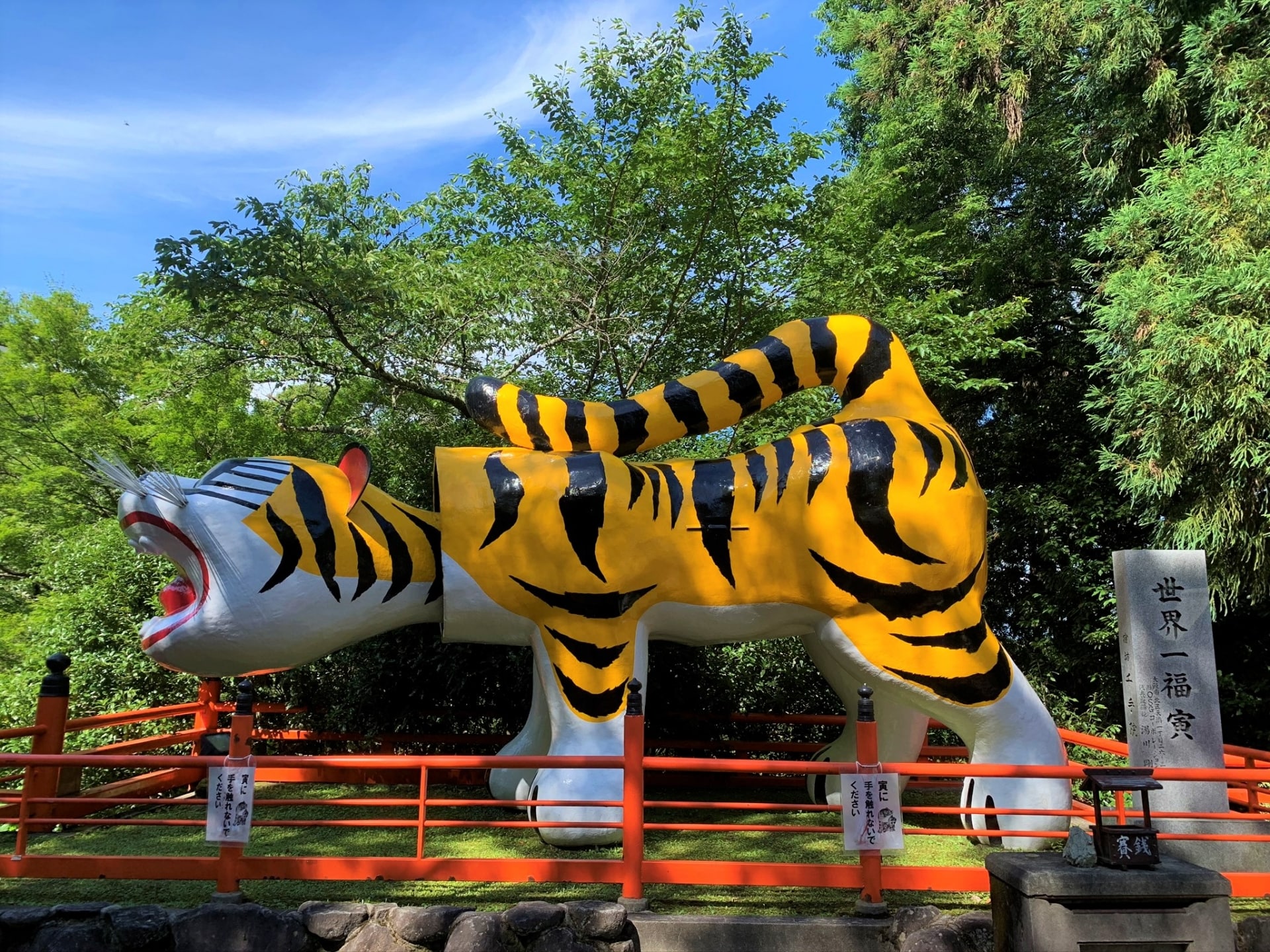
The temple’s origin is connected to Mount Shigi’s veneration, considered sacred since Prince Shotoku prayed here for victory against Mononobe no Moriya, marking Japan’s first devotion to Bishamonten.
The temple grounds house cultural properties, including the founder’s hall, a burial site, and stone structures like the thirteen Buddhist statues and a multi-tiered stone pagoda.
 Access Access |
13 minute taxi ride from Oji Station or Shin-Oji Station (Kintetsu Lines) |
|---|---|
 Official Website Official Website |
https://www.sigisan.or.jp/en/ |
10. Amenoiwatate Shrine
And lastly, I would like to introduce Amenoiwatate Shrine (天乃石立神社). Situated in the secluded Yagyu region, this shrine is known for its unique and ancient form of worship centered around massive rock formations.
The shrine’s main sacred object is the Iwakura, an imposing rock that captivates visitors with its size. It also features the “Ittoseki,” a giant rock split in half, resembling a sword cut, which has recently gained attention as a potential inspiration for a location in the manga/anime “Demon Slayer”.
Located in the heart of the Yagyu area, famous for its swordsmanship legacy, the shrine is distinctive in that it doesn’t have a traditional main hall but rather a small worship hall with four sacred rock formations as its deities. It’s also linked to historical figure Yagyu Muneyoshi, known for his swordsmanship practice in the area, highlighted by the presence of the Ittoseki nearby.
 Access Access |
50 minute bus ride from Kintetsu Nara Station (Kintetsu Lines), get off at "Yagyu" stop, and then a 20 minute walk to the Shrine. |
|---|---|
 Official Website Official Website |
https://yamatoji.nara-kankou.or.jp/01shaji/01jinja/01north_area/amanoishitatejinja/ |
I hope this article is helpful to you in deciding where to go during your visit to Nara. Given the vast grounds of these sites, visitors are advised to plan their visits carefully to fully appreciate the depth and beauty of Nara’s spiritual and historical offerings in a manageable timeframe.
▽Subscribe to our free news magazine!▽
For more information about Nara and its surrounding area, check out the following articles!
▽Related Articles▽
▼Editor’s Picks▼
Written by
Born and raised in Costa Rica, I started living in Tokyo from college. I love traveling within Japan & around the world. Since I wasn’t born in Japan, I know the cultural impact that you can get when visiting Japan for the first time and what you might be worried about before your trip. And I’ve lived long enough to somewhat understand the nuances of the Japanese culture that make this country such an attractive place to visit. Hopefully I can provide to you both the information you’re looking for and the information you didn’t know you needed to know.





